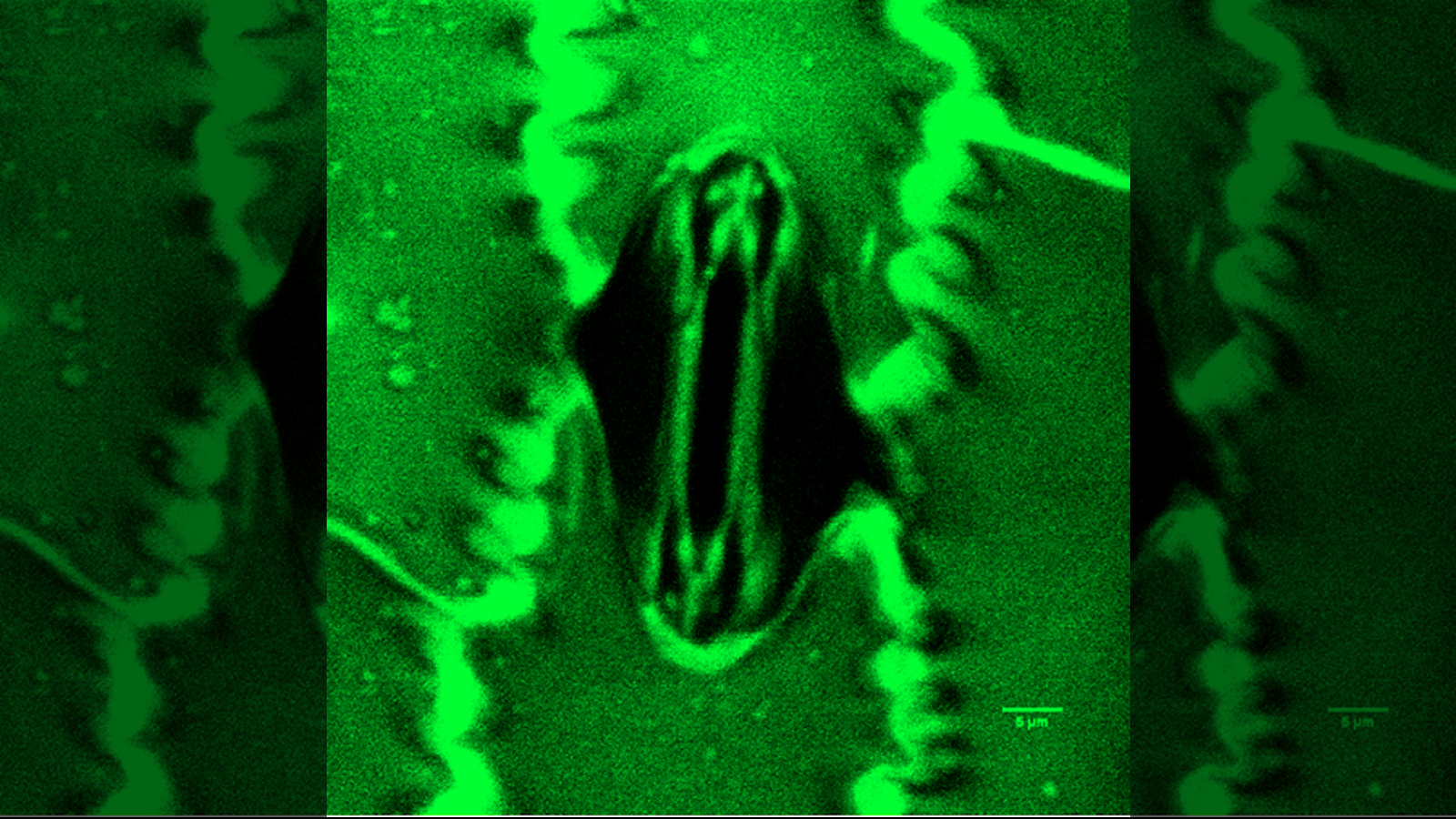Heart Disease & Stroke Deaths Plunge But Costs Soar
While fewer Americans are dying from heart disease and stroke than a decade ago, these conditions continue to burden society by their prevalence and increased medical costs, according to a new report from the American Heart Association.
Between 1997 and 2007, the death rate from heart disease fell by 27.8 percent, the report shows. The death rate from stroke dropped by 44.8 percent.
At the same time, the number of operations and procedures performed to treat cardiovascular disease increased by 27 percent. The cost of treating heart disease and stroke — including both health care costs and lost productivity — was estimated at $286 billion in 2007, the researchers said. That even exceeds expenditures on cancer, which totaled $228 billion in 2008.
The mortality drop is likely due to improved quality of care for patients, said Dr. Véronique Roger, a professor of medicine and epidemiology at the Mayo Clinic College of Medicine in Rochester, Minn., and the report’s lead researcher. People are getting the treatment and operations they need to live longer. But at the same time, cardiologists and health care professionals are either treating more people or performing more procedures per patient, leading to increased costs.
"While this is indeed a success story in the sense that it’s the success of medical care, it represents a huge burden on all of us," Roger said. And it's a problem that's unlikely to go away anytime soon, Roger told MyHealthNewsDaily. She pointed to the large number of people living with known risk factors for cardiovascular disease. For example:
- About a third of adults over age 20 have high blood pressure, also called hypertension . Although most are aware of their condition, less than half have it under control, Roger said.
- About two-thirds of adults are overweight .
- Around 18 percent of women and 23 percent of men smoke.
- Eight percent of adults have diabetes, and close to 37 percent have "prediabetes," in which a person's blood glucose levels are elevated, but not enough to warrant a diagnosis of diabetes.
- Over the last three decades, the number of obese children ages 6 to 11 has increased from 4 percent to more than 20 percent.
Roger said the American Heart Association has set two goals it hopes to achieve by 2020: reduce deaths from cardiovascular disease by 20 percent, and improve the cardiovascular health of Americans by 20 percent — based on several factors, including exercise rates, smoking rates and cholesterol levels.
Meeting these goals won't be easy, Roger said, because they require people to make a commitment — health care professionals can only do so much.
Get the world’s most fascinating discoveries delivered straight to your inbox.
"Improving cardiovascular health and wellness is really an agenda that we all own, it's certainly not confined to the health care profession," she said. "If you come to my office, I can tell you not to smoke and to exercise every day, but…the responsibility lies with the individual, not with the physician," she said.
The report, Heart Disease and Stroke Statistics — 2011, is published online today (Dec. 15) in the journal Circulation.
Pass it on: Heart disease and stroke cause fewer deaths in Americans than they did 10 years ago, but still burden the country financially.
- Heart Disease: Types, Prevention & Treatments
- 11 Surprising Things That Can Make Us Gain Weight
- Obesity in US to Reach 42%, Thanks to 'Friend Effect'
Follow MyHealthNewsDaily staff writer Rachael Rettner on Twitter @Rachael_MHND.

Rachael is a Live Science contributor, and was a former channel editor and senior writer for Live Science between 2010 and 2022. She has a master's degree in journalism from New York University's Science, Health and Environmental Reporting Program. She also holds a B.S. in molecular biology and an M.S. in biology from the University of California, San Diego. Her work has appeared in Scienceline, The Washington Post and Scientific American.
 Live Science Plus
Live Science Plus





